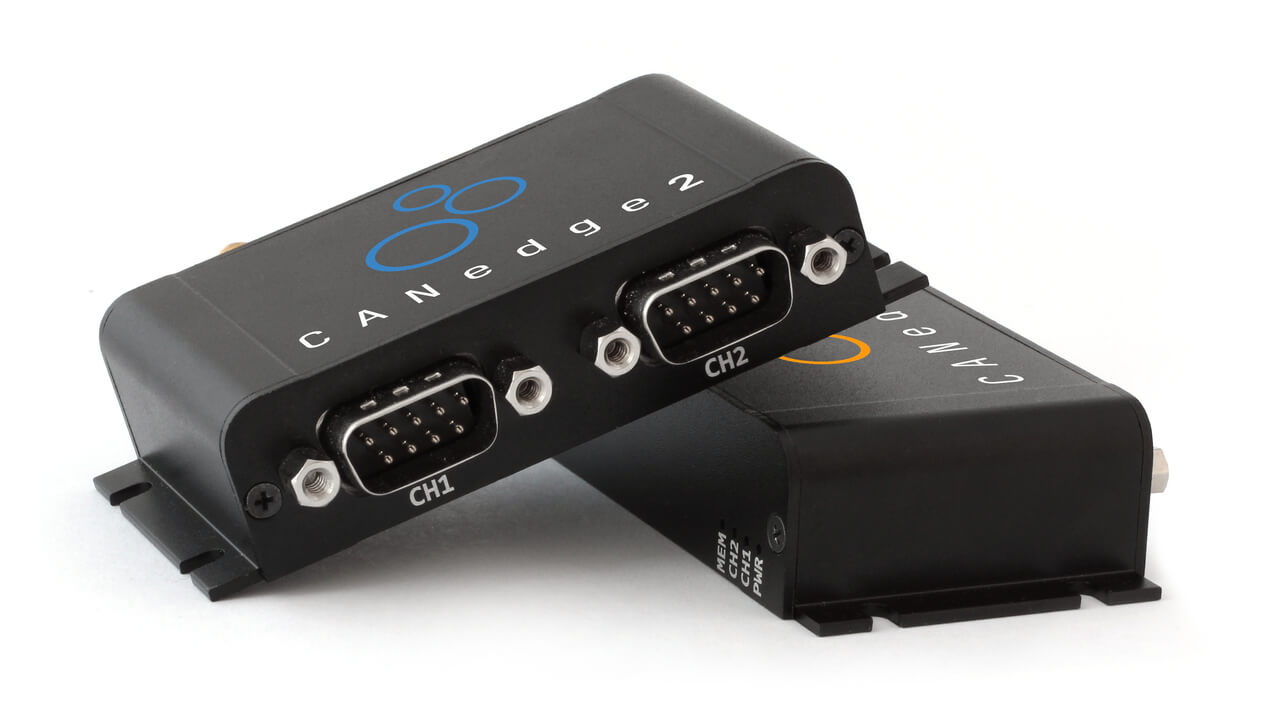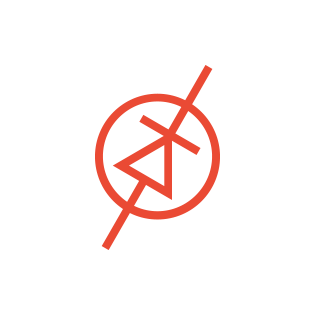Nope.
We're just requiring people to learn new skills in life.
We're just requiring people to learn new skills in life.
Nope. I design CAN based engine control panels. CAN requires all devices to participate and handshake with traffic, so a node sending any packet has to have at least one other node hanshaking to receive it. Not only that, but electrically, by shorting the wires together, there is no differential signalling possible, so nothing can be sent. The whole bus is dead.Not if its wired correctly. If you short the bus everything downstream of that node will drop. If you do a drop / stub or a star, there is only 1 device on each segment, so if you short the bus anywhere you loose exactly one device. For a simplified description its the network equivalent to putting it in parallel.
Bad network topology / lack of redundancy.
Nope. No CAN system in my 1997, only engine pcm, nothing else, airbag controller yes. There are no CAN bus pinouts on the OBD2 port.Every vehicle with OBD2 had a CAN bus - which is every vehicle since 1996. CAN is an ancient open system network, and its fairly robust, hence its used on Auto's, on commercial vehicles, on locomotives, and in factories. If you ever heard of DeviceNet in a factory, that's a form of CAN.
The bus should not fail with one module going down. You can wire Can in a star, in a drop, or in a daisy chain. Not sure - maybe even a loop? Either way, since this is a thing in 2023 but wasn't in 1996, its FORD not CAN. Yes, you will loose whatever that one module controls - but everything else should work. For example, if you loose the ABS controller, all your ABS / traction control stuff goes away, but your engine, lights and windows should still work.
This is a terrible implementation of any network topology.
I stand corrected. OBD2 was 1996 but CAN was all the way to 2008. Everything I owned after 96 had CAN but I guess it wasn’t required.Nope. No CAN system in my 1997, only engine pcm, nothing else, airbag controller yes. There are no CAN bus pinouts on the OBD2 port.
And a 1996 F-250 is still OBD1 does not even have airbags.

If you wire in a daisy chain which is just a poor design. If you wire in a star or drop it won’t short the bus.Nope. I design CAN based engine control panels. CAN requires all devices to participate and handshake with traffic, so a node sending any packet has to have at least one other node hanshaking to receive it. Not only that, but electrically, by shorting the wires together, there is no differential signalling possible, so nothing can be sent. The whole bus is dead.
Star or daisy chain would make no difference; a short circuit between CAN high and CAN low will disable everything on the bus regardless of how the wires are arranged. Pretty basic Ohm's Law there.If you wire in a daisy chain which is just a poor design. If you wire in a star or drop it won’t short the bus.
I can unplug my ABS controller on my Nissan and everything works but the ABS. I can unplug my TCM and everything works but the transmission. I need the ECU for the engine the BCM for the key codes and the NATs to read the key and at that point I can drive around in first if I wish. I will get a bunch of U100x codes.
We’re way down the rabbit hole now.
Because a short to high looks like all 1’s and a short to ground is all 0’s, isolation circuitry can drop that node. Usually built in to each node and you can also isolate upstream. You still need an alternate path like a star or drop.
Of course you can’t isolate everything but given Ford put a node in the tail light without upstream isolation it’s still on them imho.
Your way above my pay grade at this point.

Should CAN bus in a vehicle be isolated?
I'm wondering whether to use an isolated CAN transceiver or not. A few of the nodes in the vehicle use a TI ISO1050 which has an isolated power supply and run GND and 5 V with CAN-Low and CAN-...electronics.stackexchange.com
No, this is untrue. https://www.ti.com/lit/an/slla380f/slla380f.pdf?ts=1694634397950&ref_url=https%3A%2F%2Fwww.google.com%2F#:~:text=Introduction: Isolated CAN&text=In systems with different voltage,be transmitted, thereby signal quality.Isolated CAN transceivers provide galvanic isolation from the power supply and the electronics they are connected to, they don't isolate the bus itself or disconnect the node from the bus. You might want to read up on those ISO 1050 bus isolators, I use them in the J1939 generator monitoring modules I've designed. They still would make no difference if it's a star or daisy chain if there's a short circuit on the bus. As the taillight fiasco that started this whole thread demonstrated, CAN is pretty robust against a lot of faults, but short circuits isn't among them.
You're assuming that whatever node is failing has the means to detect a short circuit within itself and physically disconnect itself or can be commanded by some other means to disconnect. If it's unpowered or the microcontroller has gone out to lunch, CAN transceivers are passive and don't cause problems, but that doesn't change what's happening on the twisted pair carrying the signals. Sorry, but as someone who has been designing CAN hardware for a while, you are mistaken on the idea that a short between CAN high and CAN low doesn't kill the whole bus. It does. Makes no difference if you have isolated transceivers.No way on earth they use a system that drops with one node shorted. Your tracking zero's and one's, its easy to kill off a node based on that.
I am also pretty sure my Nissan TCM is isolated - it resides in ATF and the wiring is under the cab. I will see if the schematic shows it.
If you don't think short circuits or broken CAN wires can cause problems, I'll happily let you listen in to our tech support guys when they have to deal with our customers doing all kinds of questionable wiring and they wonder why when they wire things incorrectly, nothing can talk at all.
The problem with this Ford thing is the water intrusion into the tail light housing. I have XLT models with simple bulbs in the assembly. Water intrusion due to unsealed housings. No matter how the engineers design the part, it all comes down to quality control. If the vendor doesn't supply quality parts and you put them on anyway, this stuff happens.Most vehicles go their entire life without replacing taillight (housings)......
And if they do need replacing due to an accident-that's what insurance is for.
